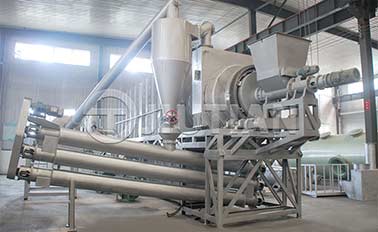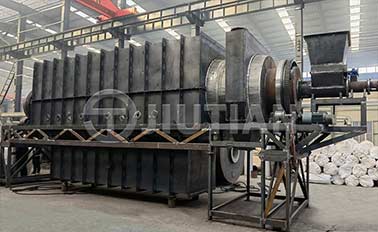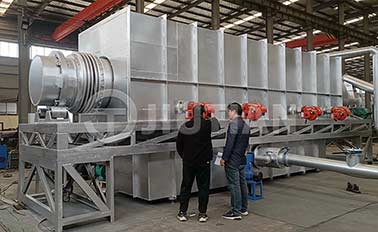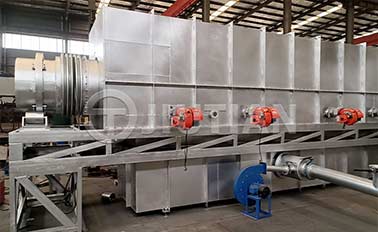The wood tar produced during the carbonization process can be collected. In a continuous carbonization furnace, wood undergoes a high-temperature carbonization process in which components such as lignocellulose, hemicellulose, and lignin are decomposed. These decomposition products are converted into liquids at high temperatures to form wood tar. In order to prevent wood tar from being too sticky and adhering to pipe walls or other furnace components to form blockages, appropriate equipment and processes are usually used to separate and collect wood tar. For example, wood tar can be collected by using coolers and separators to condense and separate wood tar from gas through condensation and precipitation.

In addition, the collected wood tar can be further refined and purified to remove impurities and improve its quality. Refined wood tar can be used to manufacture various products, such as wood vinegar, asphalt, dyes, etc., and has high application value.
In general, the wood tar produced during the carbonization process can be collected and utilized, which not only helps to improve the efficiency of the wood carbonization process, but also enables resource recycling and promotes sustainable development.

Location:Indonesia
Project Progress:Put Into Production

Location:Vietnam
Project Progress:Put Into Production

Location:Kenya
Project Progress:Put Into Production

Location:Canada
Project Progress:Put Into Production